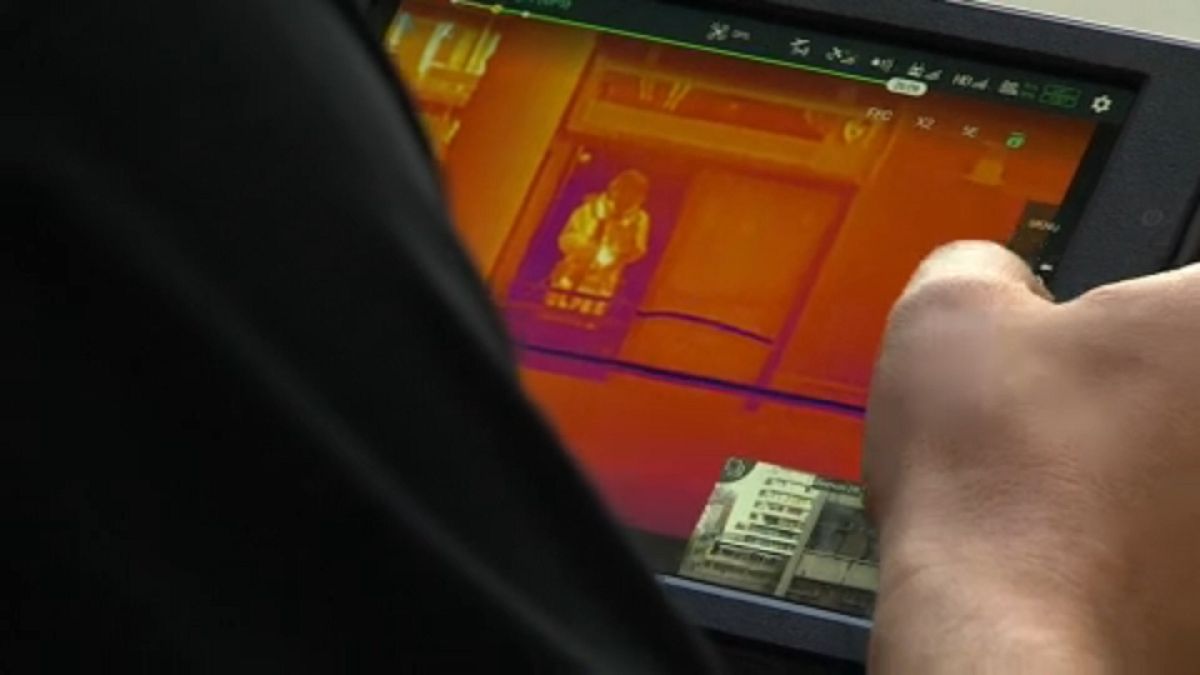A summit in Brussels shows the potential of drones in search and rescue operations
In times of emergency, drones can be a life-saver. When there's a fire, for example, heat-seeking cameras can give rescuers vital information on what's happening inside a building.
At the fire station in Brussels Euronews meets Romeo Durscher, Director of Safety at DJI, a leading company in drone manufacturing.
After a few moments, the building in front of us catches fire and that's the moment in which a drone swings into action. These unmanned aerial vehicles are useful where humans can't get near enough to see what is going on.
“I can now see that there is still a victim inside the room and this is extremely powerful. This data allows the inter commander to assign resources to different areas”, Romeo explains.
Rescue services from across the EU have come together at the Drones and Public Safety Summit in Brussels.
Italian official Onofrio Lorusso confirms that drones helped in the aftermath of August's Genoa bridge collapse.
"We used the drones to produce panoramic 2D models to identify other targets where we could intervene so that we could optimize the planning of rescue operations".
Despite the usefulness of drones, a lack of comprehensive EU regulations could hinder rescue operations. Currently, drones lighter than 150kg fall under the jurisdiction of national authorities, and therefore manufacturers and operators are subject to different design and safety requirements.
A proposal by the European Commission is now being worked on to harmonize legislation for civil drones.
“A lot of the companies within the value chain of EU space have products, they might eventually have solutions but they can’t go commercial right now. Once the legislation is fully up and running, they will be able to open up the industry and do commercial business", Munish Khurana, Senior manager at Eurocontrol says.
Civil drone technology also has an economic impact: it's expected to create around 150-thousands EU jobs by 2050.
